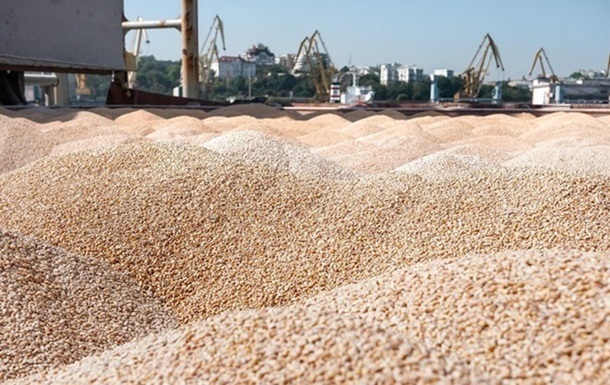Ukraine increases agricultural exports: how much did sales increase in October
6 November 18:34
In October, Ukraine exported 4.5 million tons of agricultural products, up 20.8% from September.
This was reported by the press service of the Verkhovna Rada with reference to the Parliamentary Committee on Agrarian Policy, "Komersant Ukrainian" reports.
The committee says that agricultural exports remain a key source of economic stability, despite military risks and unstable logistics.
Why export volumes increased
The increase in shipments in October is attributed to the acceleration of harvesting. Due to prolonged rains in the fall, farmers took longer to harvest soybeans, sunflower, and corn, so the volume of products ready for export increased significantly in mid-autumn.
The abolition of the 10% duty on exports of soybeans and rapeseed as part of the so-called “soybean amendments” also had an impact.
In addition, the favorable price situation on the sunflower oil market encouraged crushers to increase production.
What is exported the most
According to the Ukrainian Agribusiness Club, oilseeds and their processed products showed the highest growth.
- Grain crops – 2.7 million tons (mainly wheat and corn), 9%
- Oilseeds – 447 thousand tons, 39%
- Vegetable oils – 511 thousand tons, 63%
- Oilcakes – 467 thousand tons, 66%
- Other products – 386 thousand tons, 14%
Where does Ukraine sell to?
The main buyers are the EU, Asia and Africa.
In October, half of the corn exports (52% ) went to the EU, 32% to Asia, and 16% to Africa.
Italy was the largest importer, with 263 thsd tonnes or 28% of the total.
The top 10 buyers also included Turkey, Korea, the Netherlands, Tunisia, Libya, Greece, Spain, Cyprus, and Egypt.
The increase in exports in the fall may signal a gradual stabilization of the Ukrainian agricultural sector after several months of uncertainty with logistics.
However, the structure of supplies is shifting – amid a drop in wheat exports, Ukraine is actively developing sales of oilseeds and processed products.
Analysts note that the recovery of positions in the Asian and African markets may take several more seasons, after losing about 70% of the Egyptian market in 2023-2024.









